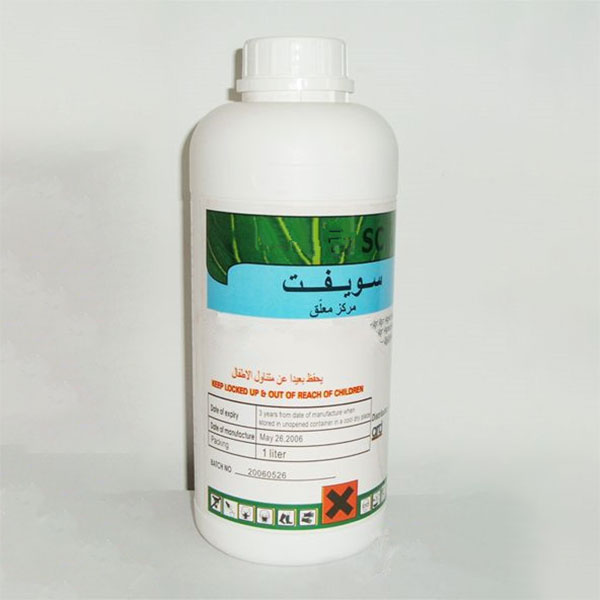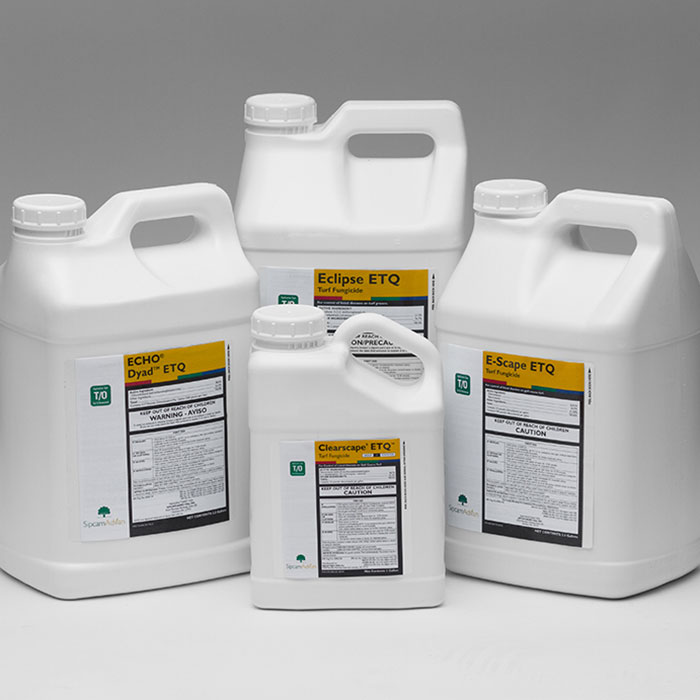Thiophanate Methyl
Applications:
A fungicide used at 30-50 g/ha and effective against a wide range of fungal pathogens including: eyespot and other diseases of cereals; scab on apples and pears; Monilia disease and bitter rot on apples; Monilia spp. on stone fruit; canker on fruit trees; powdery mildews on pome fruit, stone fruit, vegetables, cucurbits, strawberries, vines, roses, etc.; Botrytis and Sclerotinia spp. on various crops; leaf spot diseases on beet, oilseed rape, celery, celeriac, etc.; club root on brassicas; dollar spot, Corticium, and Fusarium spp. on turf; grey mould in vines; blast in rice; sigatoka disease in bananas; and many diseases in floriculture. Also used on almonds, pecans, tea, coffee, peanuts, soya beans, tobacco, chestnuts, sugar cane, citrus fruit, figs, hops, mulberries, and many other crops. Used additionally as a wound protectant for pruning cuts on trees.
Toxicology:
Oral: Acute oral LD50 for male rats 7500, female rats 6640, male mice 3510, male rabbits 2270 mg/kg.
Skin and eye: Acute percutaneous LD50 for male and female rats >10 000 mg/kg. Mild skin and eye irritant.
Inhalation: LC50 (4 h) for rats 1.7 mg/l air.









